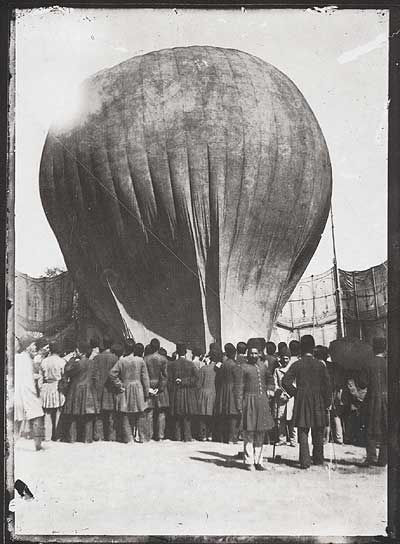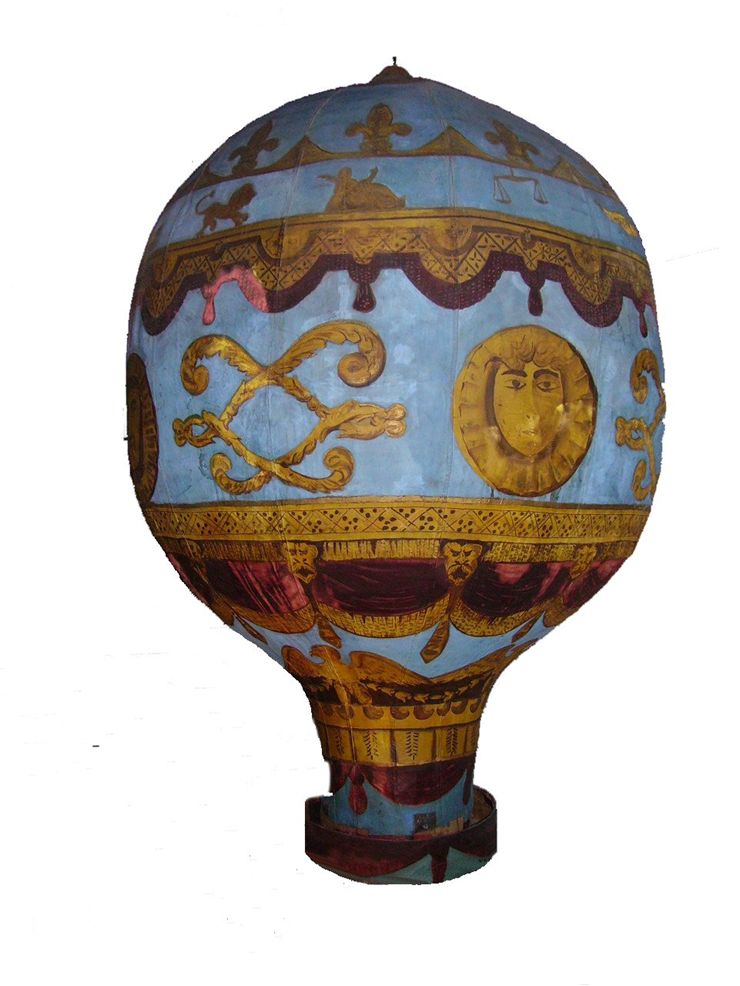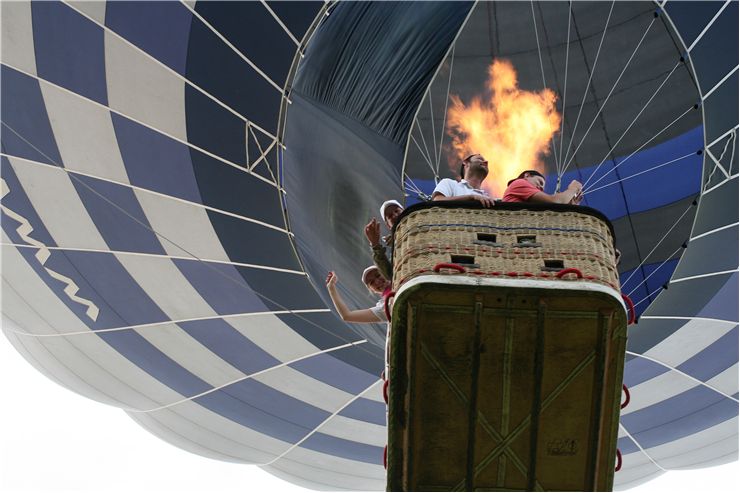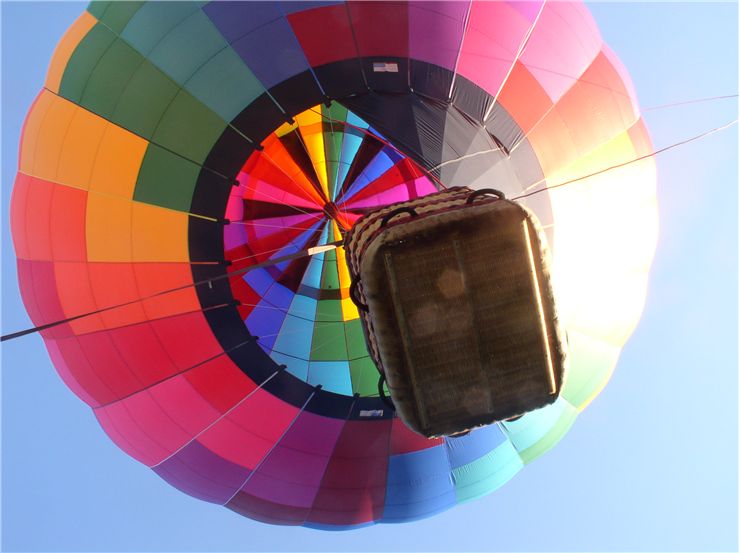History of Hot Air Balloons
Hot air balloon is the oldest flying machine known to man and the first machine that helped a man to fly. It consists of a bag called the envelope that holds heated air, a gondola, wicker basket or a capsule that carries passengers and a heat source with an open flame. For all flights above 4,500m, oxygen is needed for all aboard.
The earliest hot air balloons appeared in the China in 3rd century AD. They were small, airborne lanterns and were used for military signaling and during festivals. Europe met its first hot air balloon on August 8, 1709, when the Brazilian-Portuguese priest Bartolomeu de Gusmão managed to lift a small hot air balloon made of paper full of hot air in front of King John V and the Portuguese court in Lisbon.
Brothers Montgolfier, Joseph-Michel and Jacques-Etienne, made the first large hot air balloon and are responsible for the first manned flight. They came from a family of paper manufacturers and noticed that ash flows in the air when the paper is burned and laundry rises when it is placed above the fire. This inspired them to design and make a hot air balloon that would carry people. The first living creatures to fly in a hot air balloon were a sheep), a duck and a rooster. They were placed in a basket attached below the balloon and flew in the air on 19 September 1783 before a crowd at the royal palace in Versailles, King Louis XVI of France and Queen Marie Antoinette. Balloon achieved altitude of 450m, crossed 3km, was in the air for 8 minutes and landed safely. But this was just the beginning. The next was the manned flight of the tethered balloon. On October 19, 1783, Montgolfier Brothers lifted in the air a hot air balloon that was tied to the ground. On it were the scientist Jean-François Pilâtre de Rozier, the manufacture manager, Jean-Baptiste Réveillon and Giroud de Villette. The first free flight happened on the November 21, 1783. King Louis XVI wanted for pilots to be condemned criminals but de Rozier and Marquis François d'Arlandes asked for a honor to be the first flying men and were granted the wish. Their flight lasted 25 minutes and they traveled 8km. They had fuel for more but the temperature threatened to burn the balloon so they decided to land as soon as they were over open countryside. This type of balloon is named Montgolfière after the brothers.
Today, hot air balloons are generally used for recreation. Modern variants, with an onboard heat source, were developed by Ed Yost, in the 1950s. Most of the hot air balloons are pear-shaped but since the mid-1970s, balloon envelopes have been made in different shapes. Modern hot air balloons are usually made of ripstop nylon or dacron. Material is cut into panels and sewn together. It is also reinforced with structural load tapes that carry the weight of the gondola. After it is finished material is coated with a sealer such as silicone or polyurethane. Top of the balloon has a vent of which enables the pilot to release hot air and control ascend and descent of the balloon.
Because they can fly very high, balloons were used to break world altitude record. On November 26, 2005, Vijaypat Singhania set the world altitude record for highest hot air balloon flight, reaching the altitude of 21,027m. His flight begun in Mumbai, India, and ended 240km to the south - in Panchale. Previous record was held by Per Lindstrand, who reached altitude of 19,811m on June 6, 1988 in Plano, Texas.



